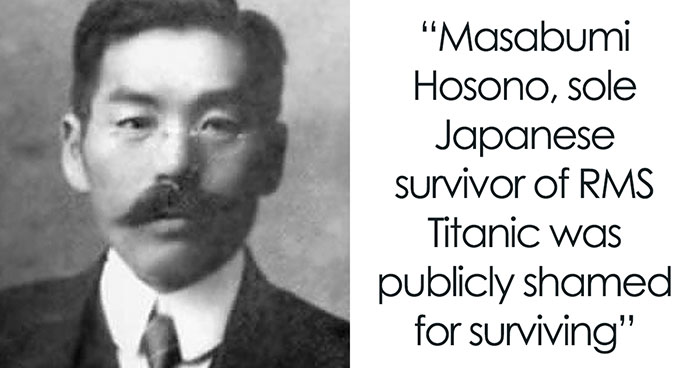
Designers Show How The White House Could Have Looked Different If These 5 Plans Weren’t Rejected
We’ve all grown accustomed to the look of the White House, and most of us appreciate its modest neoclassical design. In 1792, America’s first president George Washington held a competition for the design of the White House, which Irish-born James Hoban won. But the seat of the world’s most powerful nation could’ve looked different. Many architects offered their own versions of the White House, including the polymath president Thomas Jefferson, who resided in the same White House almost 10 years after the contest. But as with all contests, the victor is long-remembered, and the ideas of the losers are almost always forgotten. These rejected plans have lain in obscurity, until HouseFresh decided to bring them back to life again in digital form and show us what the White House could’ve looked like. So take a peek!
More info: housefresh.com | Instagram | twitter.com
Jefferson’s Plan for the White House
Image credits: Housefresh
Thomas Jefferson was Secretary of State at this time, and closely involved with the administration of the competition. But he was also an architect and enthusiast of classical European design. Experts attribute a losing entry labelled “Abraham Faws” to Jefferson. The ‘real’ Faws submitted his own, amateurish entry, and Jefferson’s anonymous design was later attributed to Faws due to a clerical error.
Image credits: Housefresh
Jefferson would move into the White House as president in 1801, describing the mansion as “big enough for two emperors, one Pope and the grand Lama.” All the same, he couldn’t help himself but expand on it, adding colonnades and other features to shape the White House as it now looks.
Philip Hart’s Plan for the White House
Image credits: Housefresh
The competition to design the White House was part of a broader challenge to suggest architecture for Washington’s seat of power. Phillip Hart was an amateur architect – more likely a professional builder – who submitted proposals for both the president’s house and the Capitol.
Image credits: Housefresh
Hart’s White House echoes his vaguely absurd Capitol sketches. The foreshortened top floor and faux-Renaissance style lacks the style and sophistication that Washington desired from a building that should, “in size, form, and elegance… look beyond the present day.”
Andrew Mayfield’s Plan
Image credits: Housefresh
Andrew Mayfield Carshores was a linguist and former British soldier and teacher. His simple design reflects pre-Revolutionary War architecture, characterized by America’s colonial period of Georgian, English-style buildings.
Image credits: Housefresh
Carshore’s steeply-pitched roofs are bordered with a lead walkway, with a rainwater reservoir in the roof of the main block. But to the judges, his work lacked a vital spark. According to architectural historian Hugh Howard, Carshore was a ‘gentleman amateur’ and his rejected entry may be the only building he ever designed.
Jacob Small’s Plan
Image credits: Housefresh
Jacob Small submitted four entries to the 1792 contest. Author Patrick Phillips-Shrock highlights that Small’s White House designs were thought to be inspired by two iconic buildings from that time: Mount Vernon, George Washington’s plantation estate house, and the Maryland State House in Annapolis.
Image credits: Housefresh
Small connects the stable and kitchen blocks to the main house via arcades. But his maze-like interior of hallways and mysterious staircases would have been awkward for the president. Curiously, Small did anticipate oval-shaped rooms for the White House – but he failed to integrate them into his broader design in any meaningful way.
James Diamond’s Plan
Image credits: Housefresh
Originally from Ireland, James Diamond was an architect and builder. Diamond’s White House is set around a rectangular court. However, Diamond notes on his design that “the Open Court may be changed to a Picture Gallery and Lighted from the Top, which would have a grand Effect.”
Image credits: Housefresh
Diamond’s design incorporates sophisticated design elements like Ionic columns and window frames capped with pediments. But the staircases are positioned inconveniently far from the entrance, and the overall grandness is thought to have been too ornate for George Washington’s tastes.
This is how it ended up looking. Aerial view
Image credits: Housefresh
Actual white house, front view
Image credits: Housefresh
57Kviews
Share on FacebookMe three! I'm in love with that one, looks like it came straight from a fairy tale book
Load More Replies...That must be why that was the one I liked the most!
Load More Replies...I always found it strange that the family of the president will move into his workplace just for the duration of his term. Which might only be 4 years. What about the childrens schools, if they have children. What about the spouses work? What about their old house/ apartment? Well, I guess it just waits for them, as you can only be president in USA if you are rich, so you can afford your house just waiting for you to come back.... sorry for the rant.
Me three! I'm in love with that one, looks like it came straight from a fairy tale book
Load More Replies...That must be why that was the one I liked the most!
Load More Replies...I always found it strange that the family of the president will move into his workplace just for the duration of his term. Which might only be 4 years. What about the childrens schools, if they have children. What about the spouses work? What about their old house/ apartment? Well, I guess it just waits for them, as you can only be president in USA if you are rich, so you can afford your house just waiting for you to come back.... sorry for the rant.

 Dark Mode
Dark Mode 

 No fees, cancel anytime
No fees, cancel anytime 






























































160
36